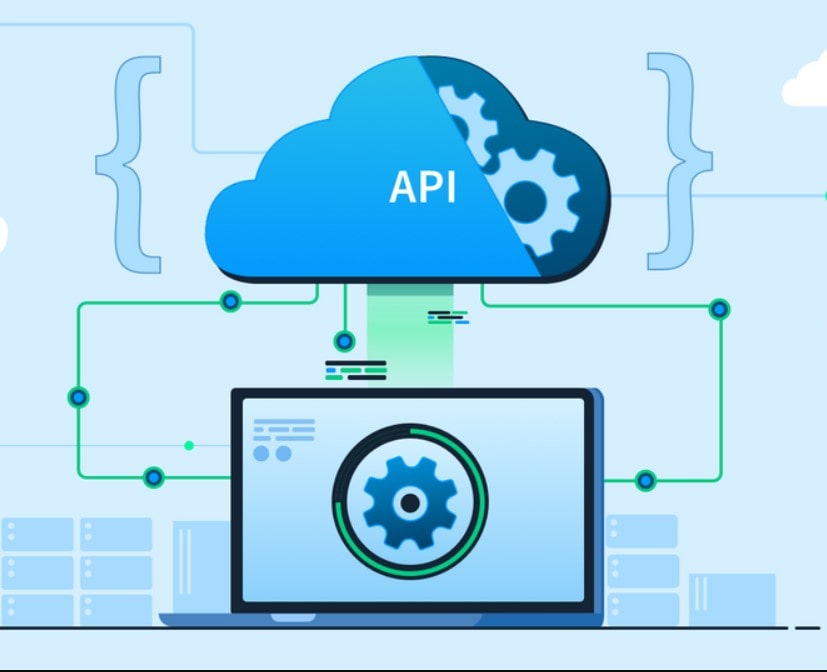APIs are everywhere nowadays—enough that we can say we’re living in an increasingly API-centric world.
APIs are used here and there, particularly for the sharing and evaluating data across various applications. Their goal is to determine the value of an application or consider it untenable for use in the real world.
You’re using an API every time you pull up an app that responds to another like connecting Slack to Google Drive or posting an Instagram pic to your Facebook page. Put simply, APIs are the glue that connects applications together, enabling them to communicate with one another.
WHAT IS AN API?
API stands for application, programming, and interface. They are designed to bring applications together in order to execute a shared function made possible by sharing data and implementing pre-defined processes.
Basically, APIs work as the middle man. They allow developers to create new programmatic interactions across several applications that end-users and businesses use on a daily basis.

In a nutshell, API includes three important elements:
Procedures
Procedures, also known as routines, refer to the distinct tasks or functions an application performs. For example, Twitter delivers a search API for developers to study and evaluate data for analytical purposes.
Protocols
Protocols, on the other hand, are used to communicate data between programs.
Tools
Tools are everything needed to develop new programs, which makes them the building blocks.
What is an API endpoint?
Getting to know the basics of API endpoint, we know that the whole system operates through “requests” and “responses”. Every time an API requests to retrieve data from a web application or server, a response is always sent back.
Now, an endpoint is where the API sends a request and where the response comes from. It is the most vital part of the API documentation since it’s what is used to make access requests.
As such, an API endpoint is the point of entry in a communication channel when two applications are corresponding with one another. The endpoint can be viewed as the window from which the API can access the resources they require from a server to execute their task. Basically, an API endpoint can also be seen as a URL of a server or service.
Why is an API endpoint important?
If you’re looking to understand how applications work, it’s crucial that you get a better understanding of the various aspects that make up the API endpoint. This is especially true since more and more users are starting to appreciate the use of APIs to help in the sharing of critical data, transactions, and processes.
This is where an API endpoint plays a vital role. API endpoint helps determine the exact location of the resources to be retrieved by API and ensures that the software interacting with the API is functioning properly. Essentially, the efficiency and productivity of APIs rely on their capacity to communicate and work with endpoints successfully. As such, ensuring that the API endpoint between systems is robust is important to API success.
How is an API endpoint secured?
Securing an API endpoint is crucial given the way that APIs are being used for different purposes, be it for science, education, gaming, or business.
Here are a few tips to improve the safety of APIs through API endpoint security best practices:
Use one-way password hashing
To ensure the safety of API endpoints, you may want to consider using “one-way” or asymmetric encryption algorithms to store your passwords. Avoid symmetric and plain-text storage of passwords at all costs.
Make HTTPS your only option
Utilizing HTTP and other non-secure protocols makes you highly susceptible to cyberattacks. To avoid putting yourself or your business in danger, it’s important to make sure that you only use HTTPS no matter how trivial the endpoint might seem.
Implement rate limiting
Imposing a restriction of how many requests a customer can make to the API endpoint helps ward off bots and prevent unnecessary use of system resources.
Solid authentication
The good thing about API endpoint authentication is that it comes in a distinct form. In addition, there are also a few more techniques that you can use to further fortify authentication. There are systems that can help you segregate accounts into several resources and allow limited access to the token bearer.
Input validation is essential
Validating input enables you to decode and identify threats early enough before they reach their targets. Apart from checking whether data is in the right format, you should also watch out for other surprises, such as SQL injection which could potentially erase your database if left unchecked.
Xcitium API Endpoint
APIs are crucial to running a data-driven business nowadays. They are the key that helps you achieve productivity and improve your business’ bottom line.
Xcitium can provide you with a wide range of security solutions that help protect your APIs.
